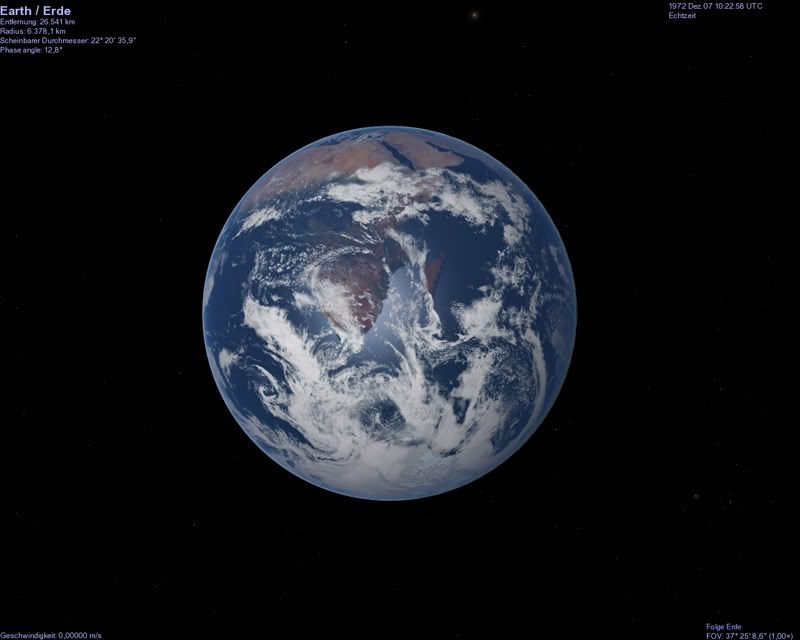[Moderator note] This thread continues with posts split off from the 'MS Flightsim staff canned' topic.
For the rest:
I don't think the curvature of the horizon can be visible too early in Orbiter. It uses realistic dimensions for everything. Maybe the only unrealistic thing is the opening angle of the camera, but you can change that to match your monitor at its distance from your eyes.Uh. I doubt, very doubt it. Orbiter needs to change significantly and we'd need some professional designers and coders who work on it many hours each day for years. Orbiter would need a real atmospheric model, including wind, clouds, rain, fog and so on (also, the atmosphere gets way too dark too early if you climb up, and the curvature of the horizon is visible too early too). Orbiter also needs a new or significantly updated physics model for atmospheric flight. At the moment it's still far away from being a realistical atmospheric flight simulator. It's rather static.
For the rest:
- Weather and atmospheric effects
- Landscape rendering and collision detection
- Detailed maps, airports, well-known landmark buildings & so on
- More realistic aircraft & helicopter simulation
- air traffic control & so on
And without a lot of patience. You either need lots of capable coders, or lots of patience, or both.I don't say Orbiter can't become what MSFS is today. But without a lot of money and rather capable coders and designers, forget about it immediately




